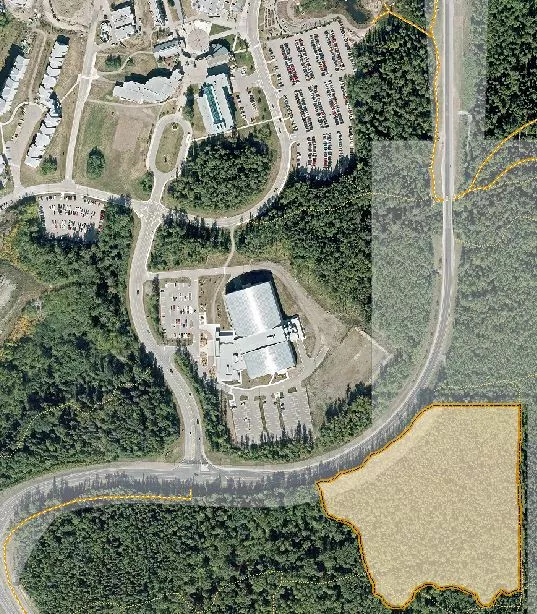Passive House Buildings
WIRL Explosion
On Aug. 22, 2023 WIRL faced a test that none of its designers could have imagined.
A large natural gas explosion in the adjacent building impacted the lab. The pressure wave from the blast shook the building like an earthquake! Debris punctured the exterior cladding, the west wall caught fire and a significant amount of water was released inside the building from the sprinkler system. Fortunately, no UNBC personnel or students were on site.
The Resilience of Mass Timber Design: UNBC's Wood Innovation Research Lab
Facilities Management has completed two Passive House buildings:
- Wood Innovation Research Lab – WIRL (Downtown Prince George) 2018
- Facilities Management addition – (Prince George Campus) 2021
What Is a Passive House Building?
- First Passive House was completed in Darmstadt, Germany in 1991.
- Passive House describes a performance standard and not a specific construction method.
- Save energy and reduce greenhouse gases.
- Consume up to 90% less heating and cooling energy than conventional buildings.
- Achieve high levels of performance by requiring building envelope airtightness of 0.6 air changes per hour or less.
- Efficient use of the sun, internal heat sources and heat recovery provide steady, comfortable heating during colder months
- Triple glazed window panes with well insulated frames and a building envelope consisting of a highly insulated roof, floor slab and exterior walls keep the desired warmth in the building – or undesirable heat out.

Mountain Pine Beetle Removal Area
Five hectares of University property has been logged. This area, across University Way from the Prince George campus, was cleared to remove significant public and fire safety risks. The site had been occupied dominantly by Lodgepole Pine trees and these trees, killed by the Mountain Pine Beetle in 2004 and 2005, had become increasingly unstable due to decay. Therefore the decision was made to clear the area leaving live trees where feasible. Objectives for the removal of these trees included:
- Reduction of fire hazards
- Protection of the public from falling trees as several walking trails intersect the area
Plans are to remove the logs from the area this summer with a portion of the wood scheduled to go to UNBC Bioenergy. Currently there are no plans to develop this site. The location of the area is highlighted in yellow in the following image.